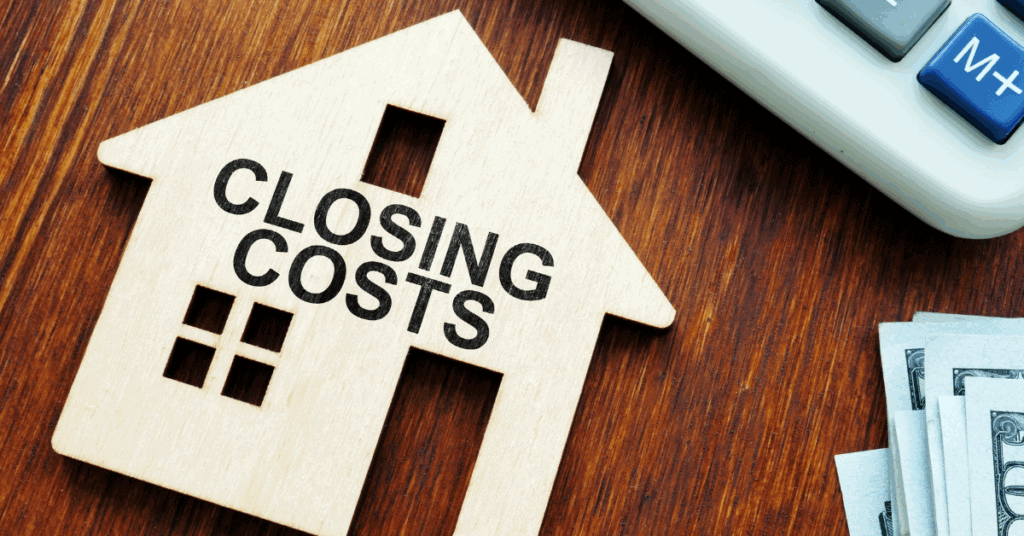Get Expert Financing
- Matched with investor-friendly lenders
- Fast pre-approvals-no W2s required
- Financing options fro rentals, BRRRR, STRs
- Scale your portfolio with confidence
Experiencing bankruptcy can be a financial setback, but it doesn’t have to be the end of your homeownership journey. Many individuals are surprised to learn that qualifying for a conventional loan after bankruptcy is possible—with time, effort, and the right strategy.
In this article, we’ll break down everything you need to know about applying for a conventional loan post-bankruptcy, including mandatory waiting periods, eligibility requirements, and practical steps to improve your chances of approval.
Conventional loans are mortgage loans not backed by a government agency like the FHA or VA. They are often issued by private lenders and must conform to the standards set by Fannie Mae and Freddie Mac.
These loans typically require:
Conventional loans can offer lower interest rates and more flexible terms for borrowers with strong credit profiles. But after a bankruptcy, lenders see applicants as higher-risk—so it’s critical to understand the timeline and requirements for regaining eligibility.
The type of bankruptcy you file affects how soon you can qualify for a conventional loan:
Curious if you’re eligible now? Talk to a mortgage advisor today to assess your timeline.
Meeting the minimum waiting period is just one piece of the puzzle. You’ll also need to demonstrate financial stability and responsible credit behavior.
If you’ve passed the minimum waiting period, take these steps to boost your chances of approval:
Use our Mortgage Pre-Approval Checklist to prepare for your next step in homeownership.
For conventional loans, no. You must wait at least 2–4 years depending on the type of bankruptcy. However, some government-backed loans (like FHA) may allow for shorter waiting periods.
Yes. Dismissals generally carry longer waiting periods than discharged bankruptcies. For example, a Chapter 13 dismissal requires a 4-year wait versus 2 years after a discharge.
If you’ve filed more than once, the waiting period increases to 5 years from the most recent discharge or dismissal.
Still unsure where to start? Schedule a free consultation with a mortgage expert and get personalized advice based on your financial situation.
With time, patience, and planning, homeownership after bankruptcy isn’t just a dream—it’s a very real possibility. By understanding the requirements for a conventional loan and taking proactive steps to rebuild your financial health, you’ll be back on the path to buying your next home with confidence.
Our advice is based on experience in the mortgage industry and we are dedicated to helping you achieve your goal of owning a home. We may receive compensation from partner banks when you view mortgage rates listed on our website.

